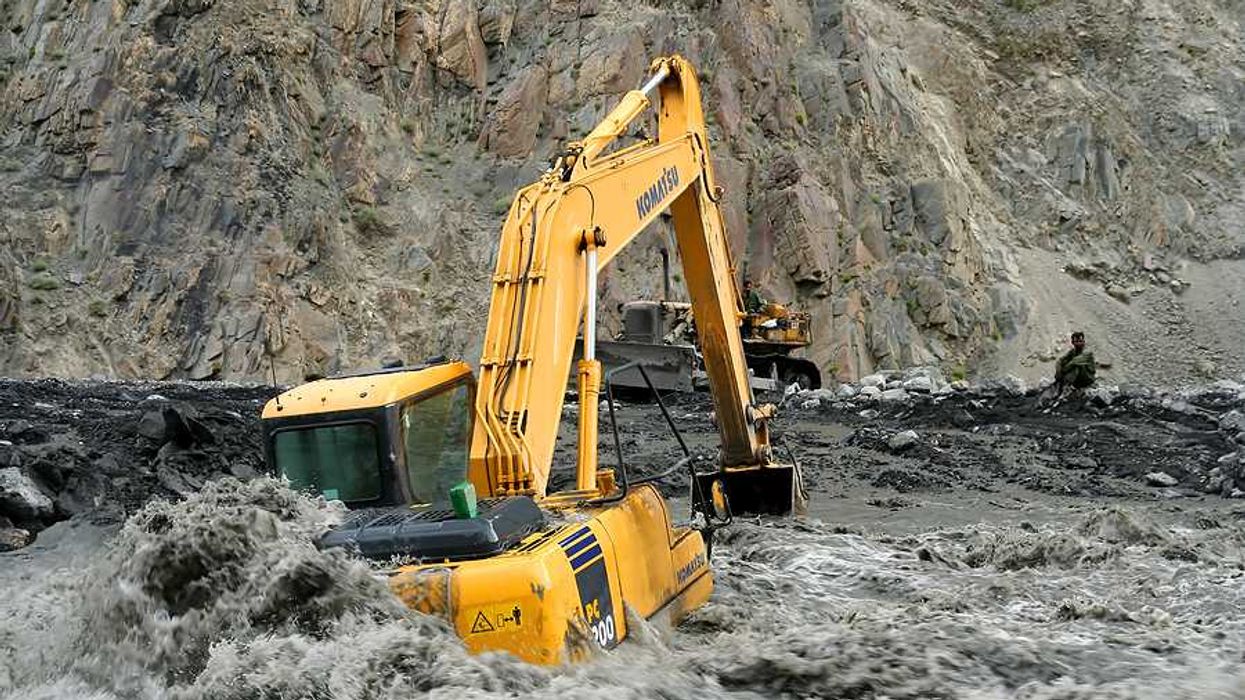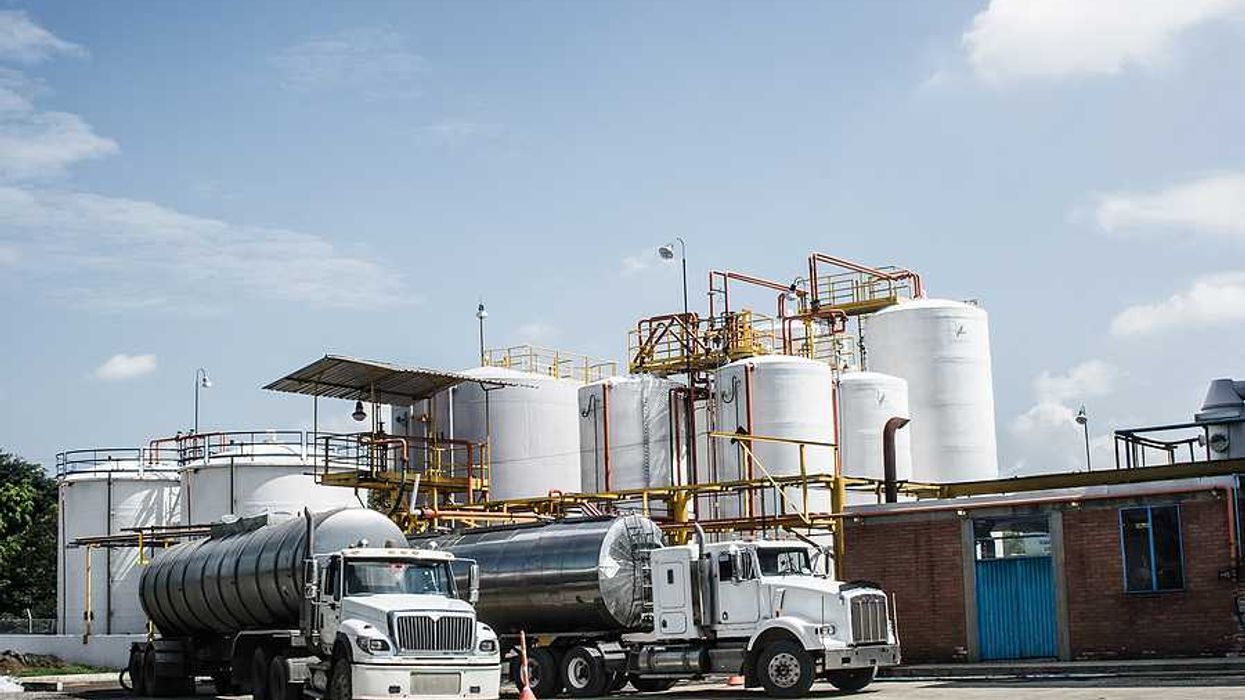Groundwater samples across India show high levels of pollutants like nitrates, fluoride, arsenic and uranium, with nearly 20% of samples exceeding safe limits, largely due to agriculture and industrial activities.
Esha Lohia reports for Mongabay.
In short:
- Nitrate pollution affects over 56% of India’s districts, mainly from agricultural runoff, with severe contamination in states like Rajasthan, Karnataka and Maharashtra.
- Uranium contamination above safe levels was found in 6.6% of samples, with hotspots in Punjab and Rajasthan, attributed to natural deposits and fertilizer use.
- Fluoride and arsenic levels also exceeded safety limits in numerous regions, posing long-term health risks, including fluorosis and cancer.
Key quote:
“Arsenic, fluoride, uranium and nitrate pose serious health risks, either through direct toxicity or long-term exposure.”
— Central Ground Water Board report
Why this matters:
Groundwater supports 87% of India’s agricultural irrigation and 11% of domestic water use. Contamination threatens public health, especially in rural areas reliant on well water, and calls for sustainable water management policies.
Related: Scarcity of fresh water intensifies globally due to climate change and poor management














